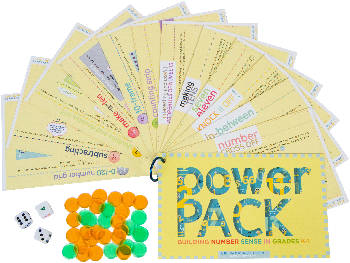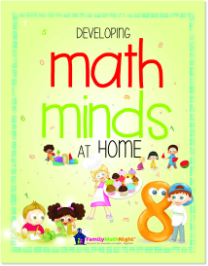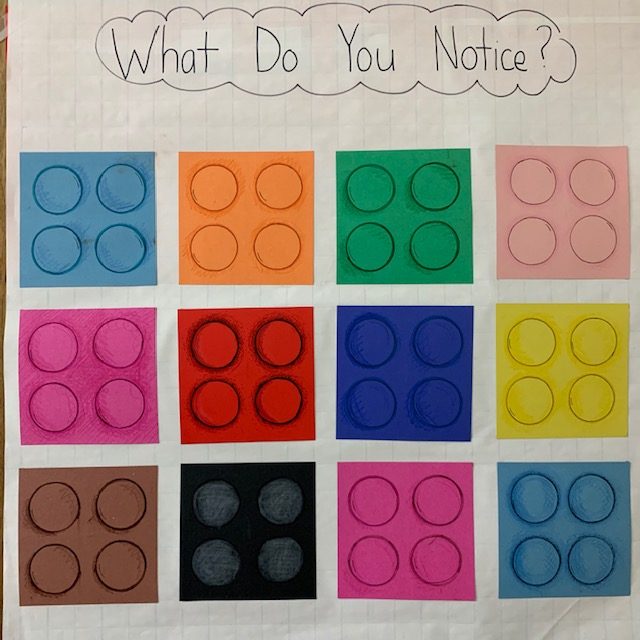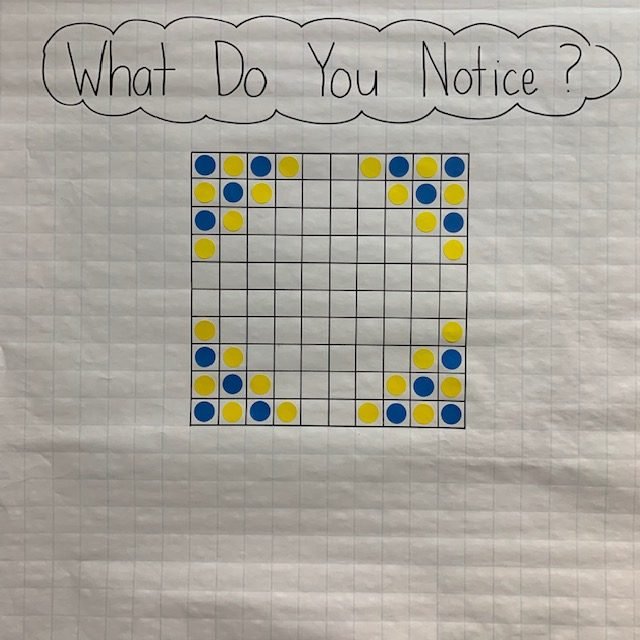Power Packs – Building Number Sense
We know that parent involvement in their child’s education can have a significant impact on academic success. Our current situation has helped reinforce the role parents and caregivers have as active participants in the education of their children.
But there have been a lot of changes in mathematics curriculum and pedagogy in recent years and a lot of parents don’t feel as prepared as they’d like to be when it comes to helping their child in math. That’s why we created our Power Pack: Building Number Sense series, a set of dice games that families can play to reinforce important number skills.
The power of these Power Packs comes in the integration of strategies and tools that parents use as they play the games with their children. Helping parents understand these tools and strategies has become even more important to better facilitate remote learning. With that in mind, I created short instructional videos of each of the tools and strategies included in the Power Packs because it’s important that parents understand why we are teaching the way we are. These videos help underscore the importance of focusing on number sense when children are learning mathematics.





